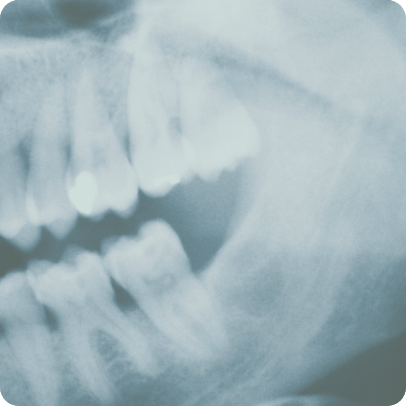How Do Dental X-rays Work?
Dental X-rays allow your dentist to see the inside of your teeth, which is not visible to the naked eye. Your dentist may suspect there’s a problem, and an X-ray can help them confirm this. The images provide a view of your tooth roots, bone composition, and jaw placement. They reveal how much a dental problem has progressed.
Why Are Dental X-rays Necessary?
Dental X-rays are necessary for new patients so your dentist can get a clear view of your oral health status. If your recent X-rays are still valid, you may no longer need new ones.
You may also need X-rays if you’re considering undergoing a dental procedure, such as a dental implant. Children may need X-rays more often, as the dentist needs to monitor the development of their mouths and jaws.
If your child is starting to lose their baby teeth, a dental X-ray can also help detect whether their teeth need to be pulled or left alone to fall out naturally.
Your age, current health status, and oral health history determine how often you’ll need a dental X-ray. Aside from serving as a credible reference for your dental team, X-rays are also beneficial for understanding your mouth better.
They allow you to see the big picture of why your dental team is recommending a specific treatment or dental care routine. They help you make better decisions for your oral health.
What Do Dental X-rays Show?
- Decayed areas
- Bone loss
- Abscess
- Position of the tooth
- Cavities
- Tumors
- Available space for erupting teeth
Types of Dental X-rays
A dental X-ray can be taken inside (intraoral) or outside (extraoral) of the mouth. Here are the different types of X-rays:
- Panoramic. A panoramic X-ray shows your entire mouth in one image. It can reveal issues such as infections, impacted teeth, and bone anomalies. But it cannot show cavities and tooth muscles. Panoramic X-rays are extraoral. The machine and the film are outside of your mouth. You stand at the center of the unit. Then, the technician places your head on the table to obtain a clear image. You wear a bite guard to ensure proper tooth alignment. Once all is set, the rotating arm revolves around your head and takes images. The procedure can be completed in a few seconds.
- Bitewing. Bitewing X-rays show a clear image of your upper and lower teeth, root depth, and bone height. They allow your dentist to document any decay developing in your teeth. The name “X-ray” refers to how the images are taken. You bite down on X-ray film to capture clear images of the teeth, gums, and jawbone.
- Occlusal. Occlusal X-rays show your dentist the roof and floor of the mouth. They help identify extra teeth, erupting teeth, abnormal growth, and jaw fractures, among other issues. They’re often larger than other X-rays. Occlusal is an extraoral X-ray as well. Dental bonding is one of the least expensive cosmetic dental procedures.
Get the Dental X-rays You Need in Little Italy, Toronto, ON
Do you need dental X-rays taken for a procedure, or do you want to know whether you need new ones?
If you’re in Little Italy, Toronto, ON, get in touch with us today. Let’s set up an appointment with our dentist to find out if you need updated X-rays. We’re happy to answer your questions about the procedure.







